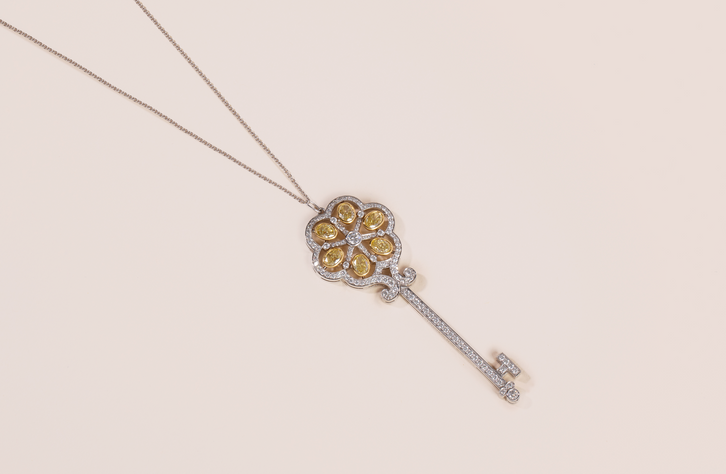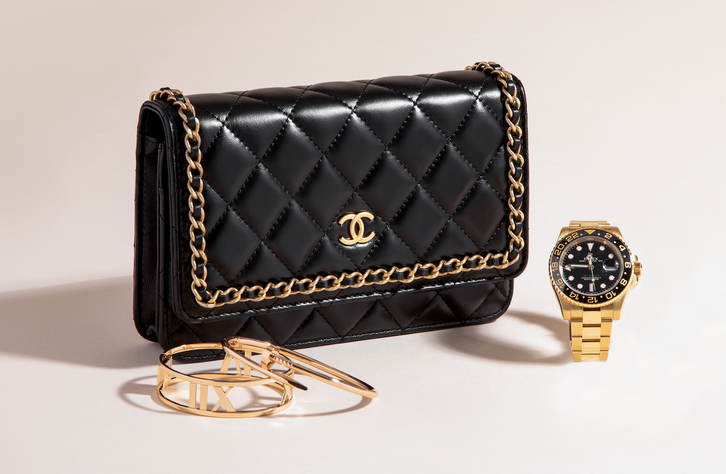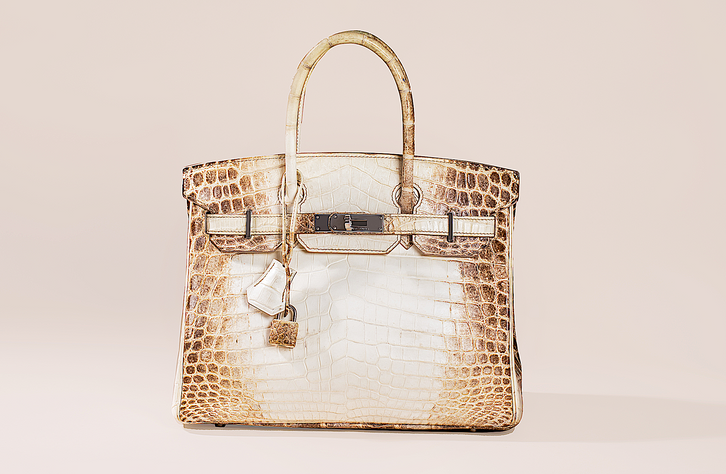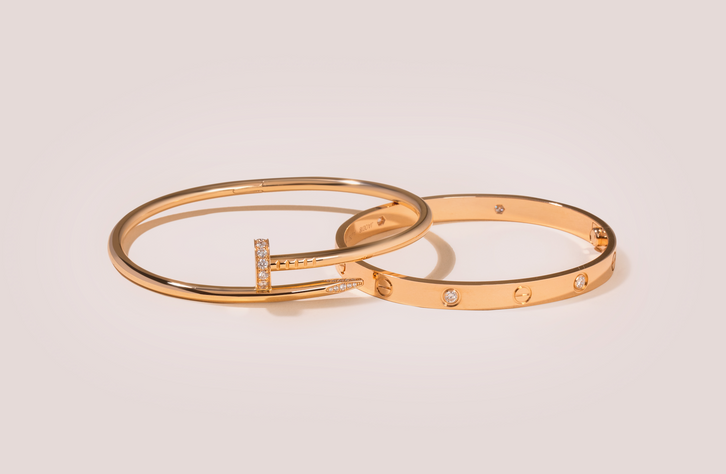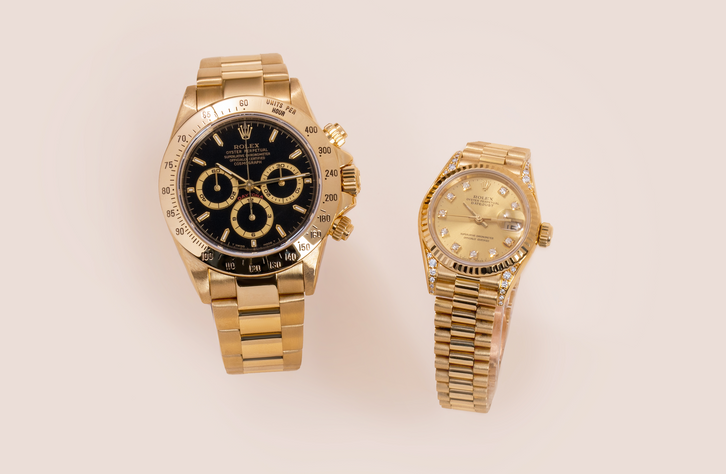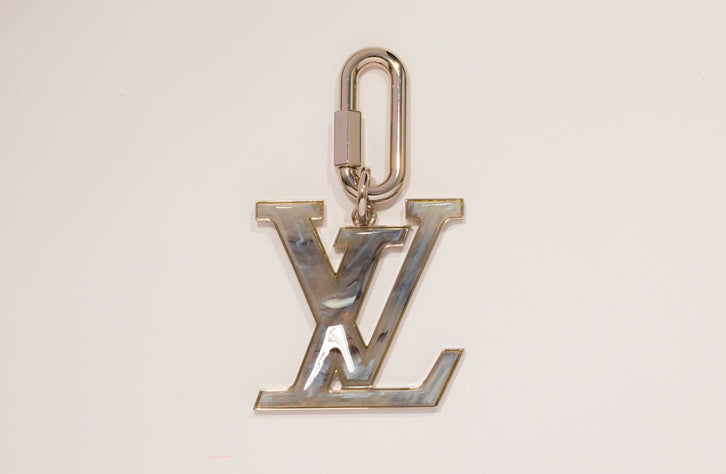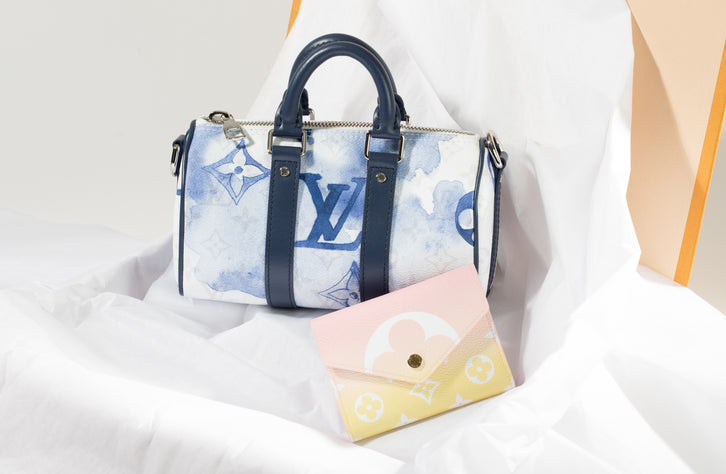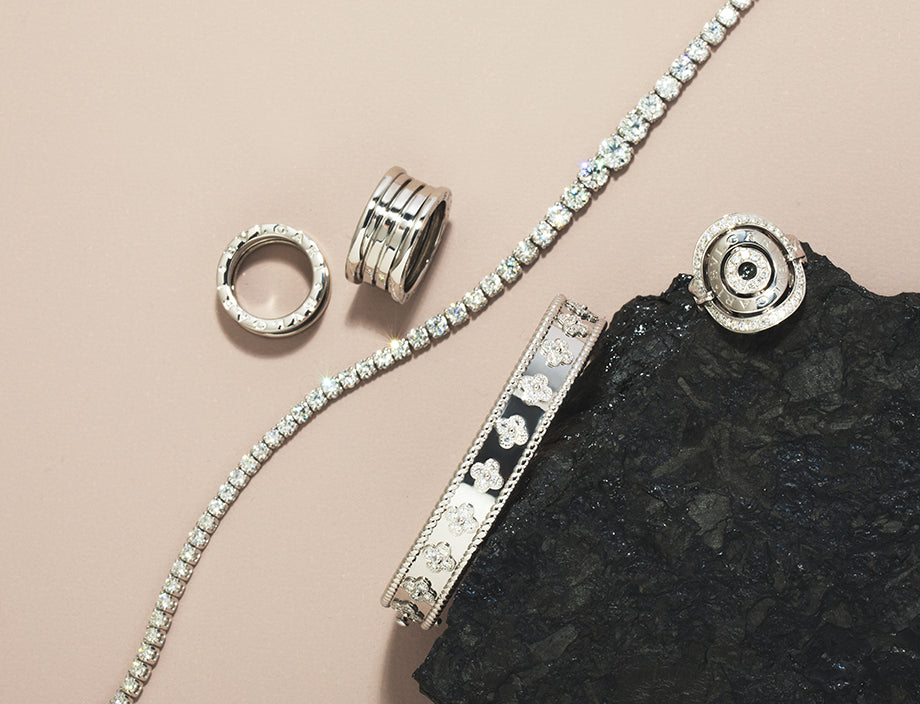- What are lab-grown diamonds
- What are recycled diamonds
- What are the pros and cons for recycled vs. lab-grown diamonds
- How to recycle your diamonds
- Where to buy recycled diamonds

What Are Lab Grown Diamonds?
Also known as man-made diamond or synthetic diamonds, these diamonds are created in a laboratory. There are several types of synthetic diamonds, including cubic zirconia, acrylic polymers, glass, and strass. There are also several minerals used to imitate diamonds, including quartz and moissanite.
“Lab-grown diamonds” refers to a set of processes used since the mid-20th century, which have been increasingly promoted for jewelry during the last decade. The two methods used to create lab-grown diamonds are High Pressure High Temperature (HPHT) and Chemical Vapor Deposition (CVD).
Both produce lab-grown diamonds that have the same chemical makeup as natural, mined diamonds. While beautiful and conflict-free, they are neither rare nor valuable. More are being made every day, and as with many mass produced goods, they are not expensive.
What Is Moissanite?
At face value, moissanite gems look somewhat similar to diamonds. However, there are differences between moissanite and diamonds in terms of their composition as well as the way in which they reflect light.
Moissanite was discovered in the late 19th century by French scientist Henri Moissan when he discovered microscopic particles of the gem in a meteorite crater. At first, Moissan believed that these were diamonds, however after further research he established they were composed of a substance called silicon carbide. Due to the rarity of the natural stone, an overwhelming majority of moissanite is in fact laboratory made.
In terms of durability, moissanite fares quite well compared to diamonds, which is the most durable stone in the world. Whereas diamonds reach a perfect 10 on the Mohs Scale of Hardness, moissanites score a respectable 9.25.
One of the key differences between moissanite and diamonds is that moissanite stones reflect light in a different way to diamonds. Due to their faceting, moissanite gems create flashes of light that have a rainbow effect, whereas diamonds produce three types of light: brilliance, dispersion and scintillation.
Moissanite gems are extremely popular due to their similarity to diamonds and because of their significantly lower price. The Pinterest Pinsights 2018 Wedding Trends report saw that by late February this year, Moissanite gem engagement rings had received an astonishing +295% more popularity on Pinterest.
What Are Recycled Diamonds?
Recycled diamonds are simply pre-owned, natural diamonds. They may have entered the supply chain hundreds of years ago, or it may have been bought and sold only a few years ago.
Due to scarcity and expense, no matter where you purchase a diamond from, a huge percentage of diamonds are recycled, although they are often reset and sometimes recut to suit changing tastes in jewelry. By their very nature, diamonds are extremely old. So the concept of a “new diamond” really only means a “newly mined diamond.” And a recent pre-owned diamond should look no different to a “newly mined” diamond.
What Are The Pros And Cons Of Recycled Vs. Lab-Grown Diamonds?
COST
When it comes to buying recycled diamonds, they are significantly cheaper than standard retail. Especially when shopping pre-owned designer jewelry, such as BVLGARI, Cartier, Chopard, Harry Winston, Tiffany & Co., and Verragio. And when it comes to selling recycled diamonds, they retain a lot of their value.
On the other hand, lab created diamonds usually cost about 30 percent less than the natural diamonds sold in jewelry stores. However they are often still more expensive than the recycled option and do not have a resale value.
How they compare: Recycled diamonds offer better value and savings
ECO IMPACT
Recycled diamonds represent zero social and environmental impact, which is why some vendors label them as sustainable diamonds. They are not being mined—only resold—so there is no negative effect to the earth or atmosphere.
Lab-grown diamonds, on the other hand, may be produced via either High Pressure High Temperature (HPHT) or Chemical Vapor Deposition (CVD) and both operate in large, factories rather than small labs. Both also consume huge amounts of energy. One expert estimated that producing a single carat of lab-grown diamond requires the same energy as used by an average American household for 8.7 days or enough energy to charge a Tesla 2.5 times.
But numbers vary wildly within the lab-grown diamonds industry, as does the source of energy.
Most lab-grown diamonds come from places where renewable energy is relatively rare. In China, which tends to produce HPHT diamonds, at least half of the energy comes from coal. In India, the proportion of energy from coal is even greater.
How they compare: Recycled diamonds consume no energy and are the most eco-friendly diamonds on the market

APPEARANCE AND IMPERFECTIONS
Like the “new” diamonds you buy in a jewelry store, recycled diamonds are judged according to the four Cs: cut, color, clarity, and carat weight. Although many places purport to grade diamonds, the industry gold standard is the Gemological Institute of America, so look for a GIA report that assesses the quality of your diamond; the report will also map any imperfections in the stone.
Contrary to popular belief, lab-grown diamonds are not automatically free of flaws. Because the lab process imitates the creation of a natural diamond, they may have imperfections. But they are also more apt to take advantage of post-growth processes to artificially alter color. The GIA, which has been issuing reports for lab-grown diamonds since 2007, judges them according to the same 4 Cs as recycled diamonds, noting that the diamond is lab-grown on the report as well as its method of creation.
How they compare: Equal, both can have imperfections or artificial treatments
RESALE VALUE
Resale value is one of the biggest differences in any comparison of recycled versus lab-grown diamonds. Recycled diamonds retain a greater percentage of their initial cost percent, provided you were given a fair price by the original retailer. The exceptions are often diamonds that are chipped and/or very old, necessitating a recut for them to have the necessary symmetry to appeal to contemporary buyers.
By contrast, there is little to no secondary market for lab-grown diamonds. What’s more, as the production of lab-grown diamonds continues to increase, prices are apt to go lower, rather than higher.
How they compare: Recycled diamonds have a much higher resale value
How To Recycle Your Diamonds
Yes, you can head to a local pawn shop (where you’ll get quick cash but not get top dollar) or put your diamond up for sale on eBay (where you may have to wait for a bidder and then wait even longer to get paid). But there is a faster and easier way: selling to the recycled diamond experts at myGemma.
Our commitment to top-tier customer service is backed by our A+ rating with the BBB and hundreds of outstanding customer reviews. Best of all, our process is entirely free. Unlike auction houses, consignment sellers, and online platforms, we never deduct out fees or commissions from your final offer.
- Complete our online form
- Receive your bespoke price quote
- Request a free, fully insured, trackable and overnight shipping label to send your jewelry to our office or schedule an in-person appointment at one of our offices in New York, Tokyo, the UK or Hong Kong.
- Receive your final offer and accept payment by wire transfer or check. Or, if you decide not to accept our offer, request that your diamond be returned to you—for free.
Start by clicking the button below to get your price quote from the diamond experts.
Where To Buy Recycled Diamonds?
myGemma offers a huge selection of recycled diamond jewelry at prices up to 80 percent off retail, including diamond engagement rings from brands including BVLGARI, Cartier, Graff, Harry Winston, Tiffany & Co., and Van Cleef & Arpels.
Thanks to affordable pricing, easy monthly payment plans, free U.S. shipping, and 14-day return policy, your opportunity to own a recycled diamond is just a click away.
